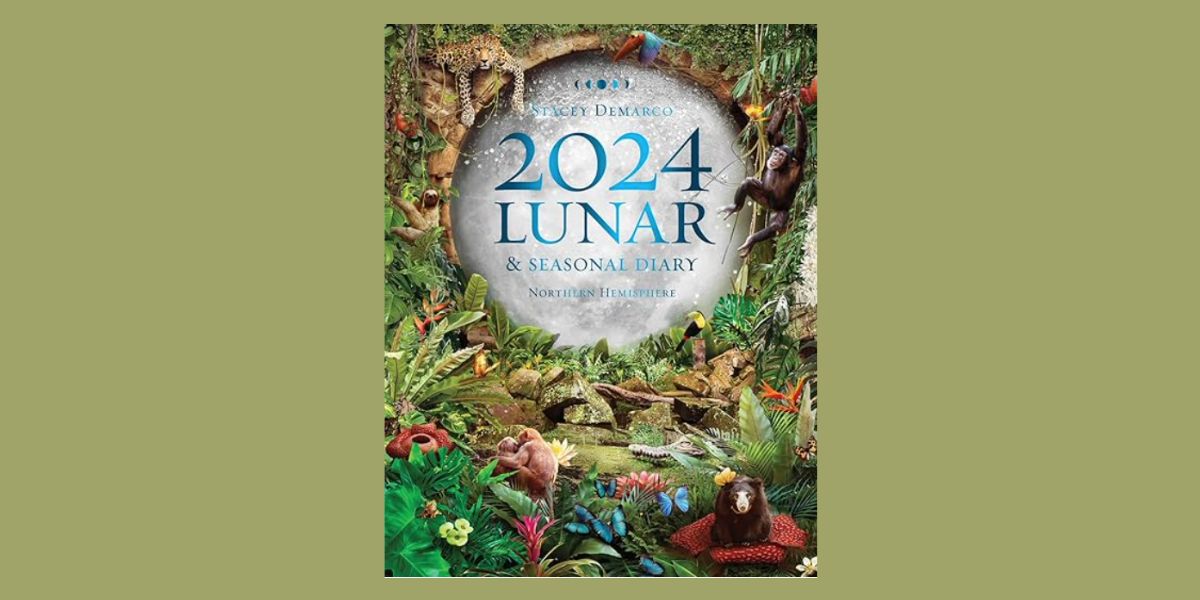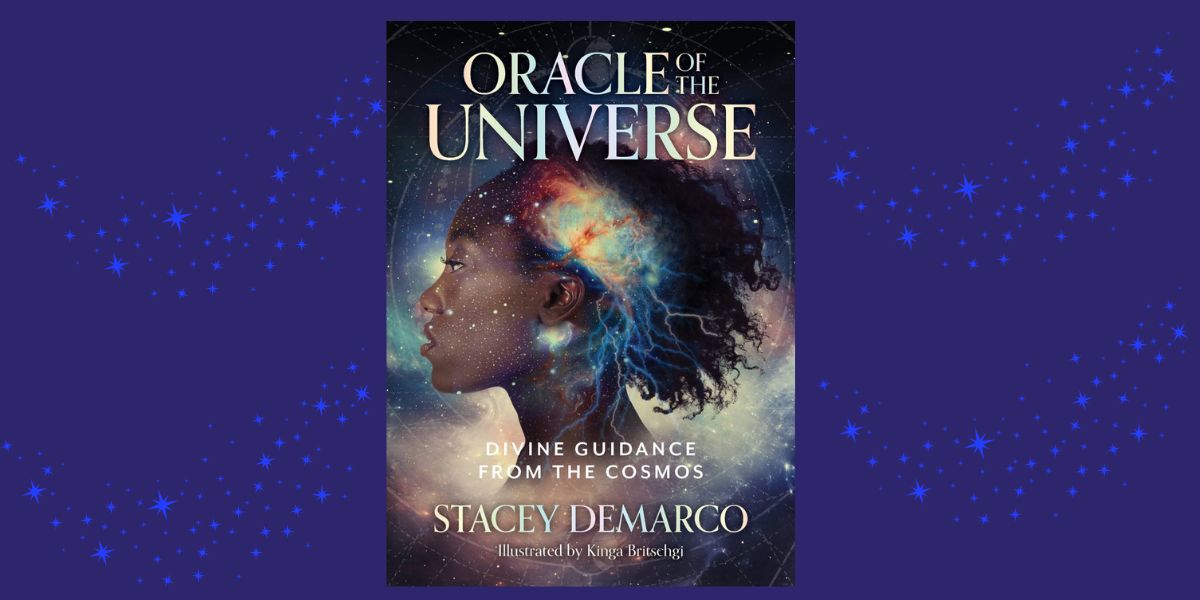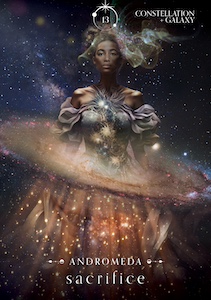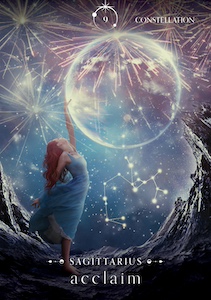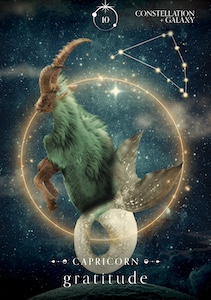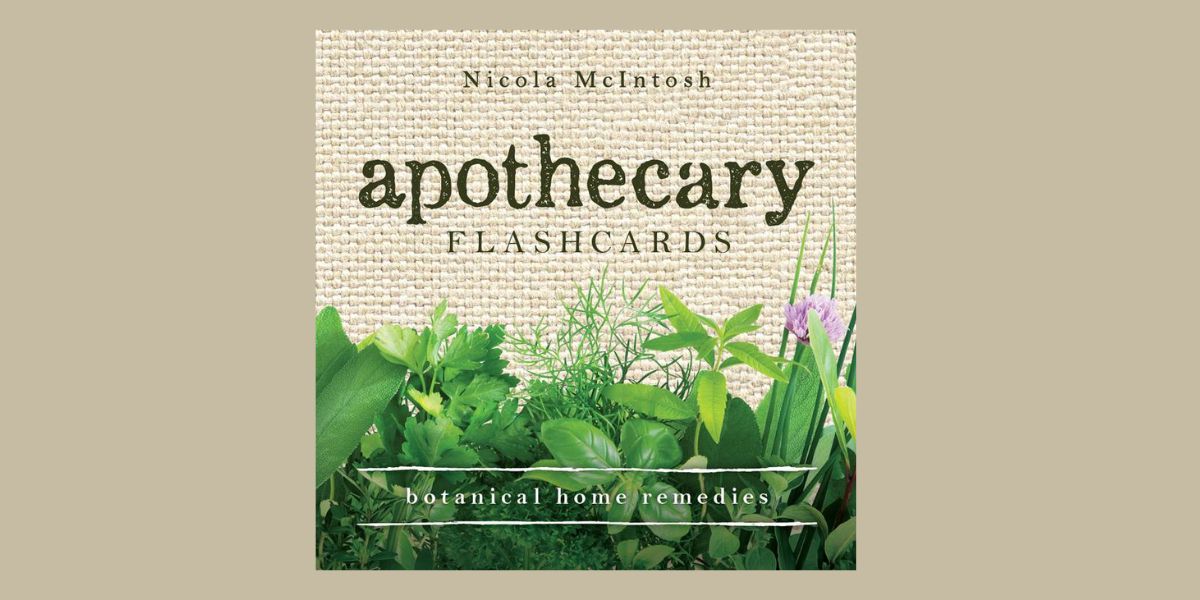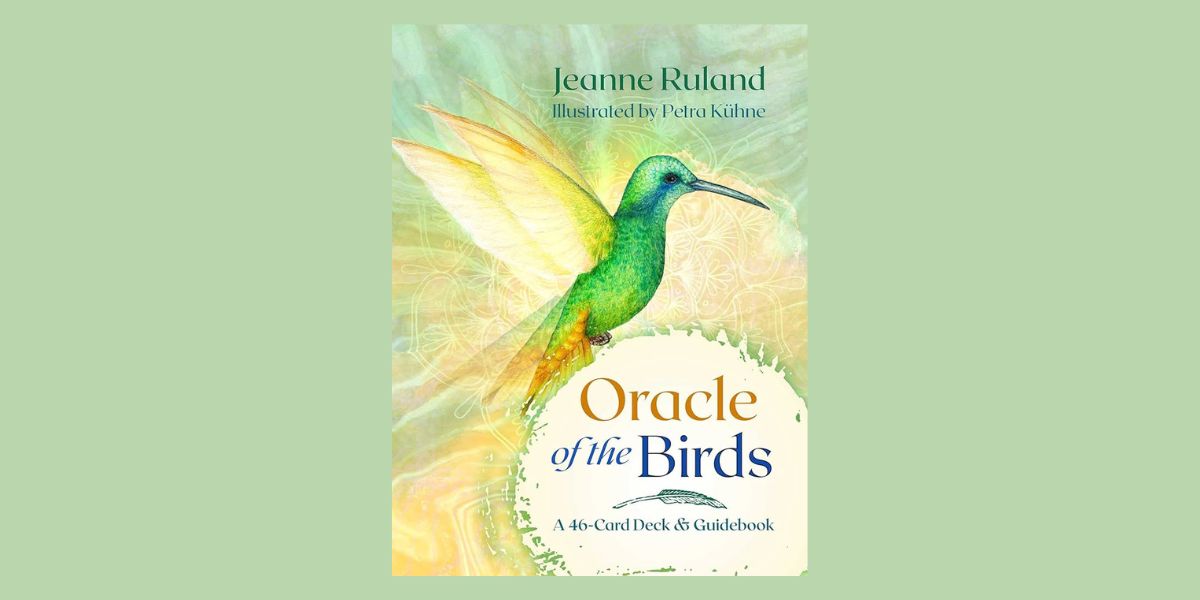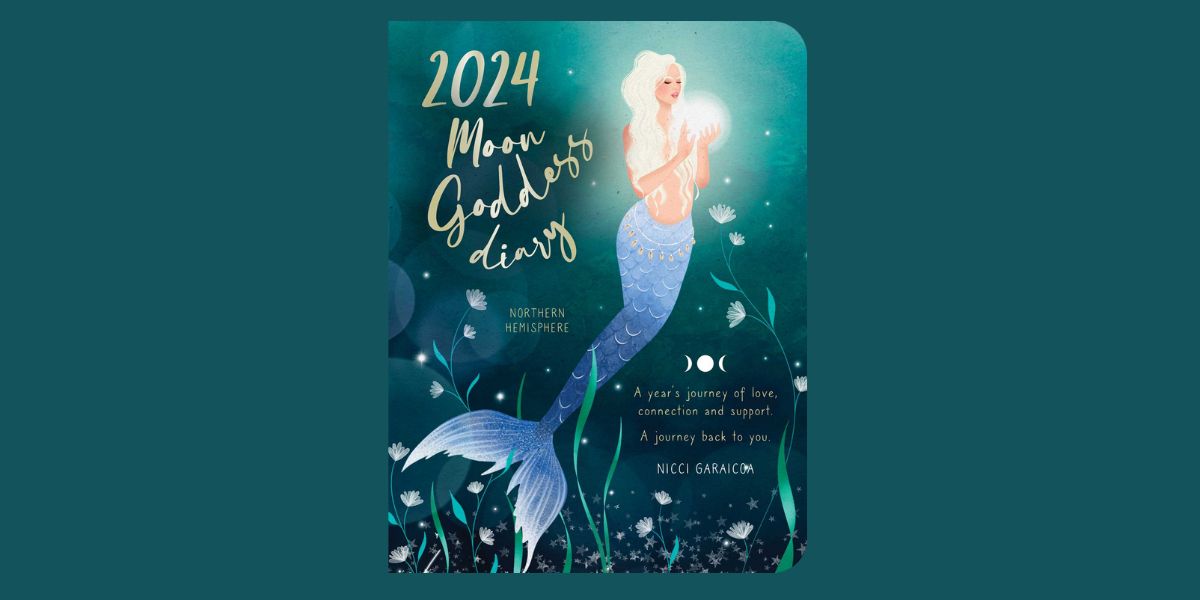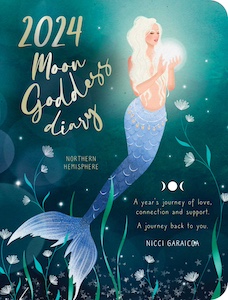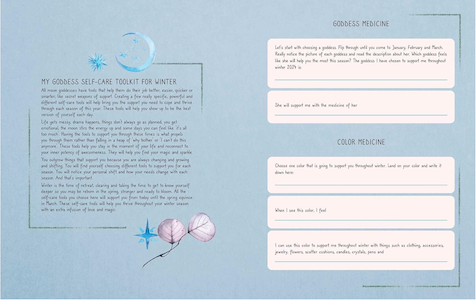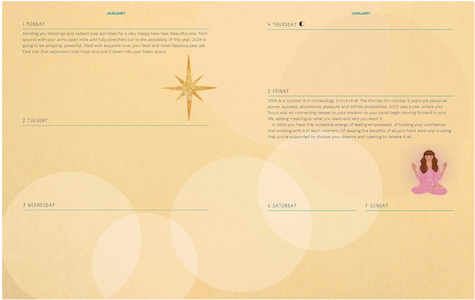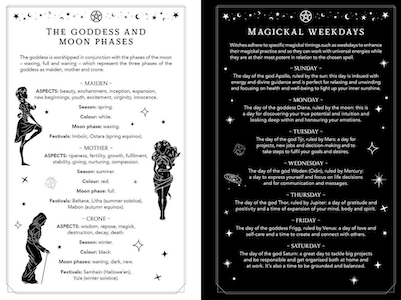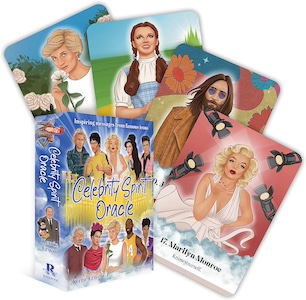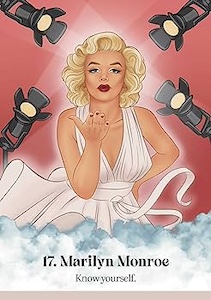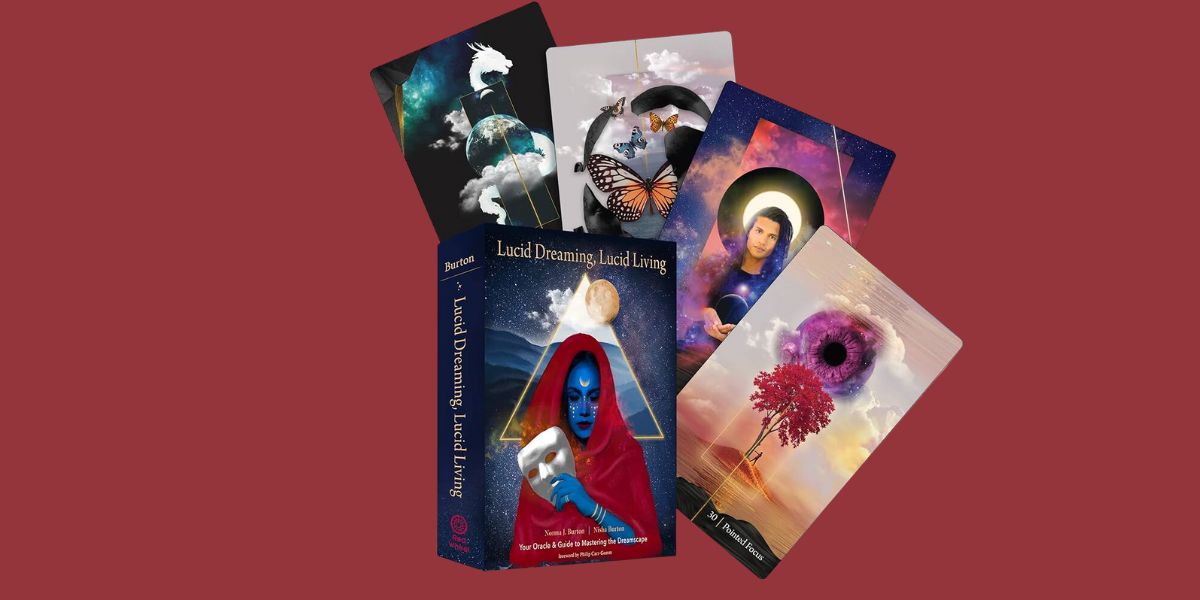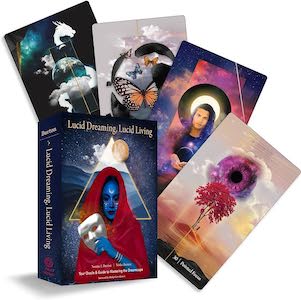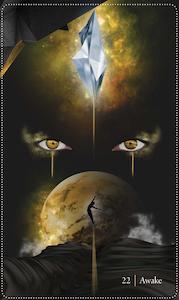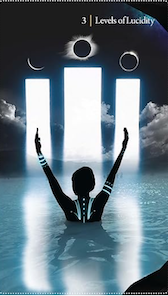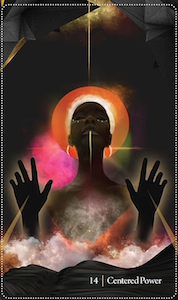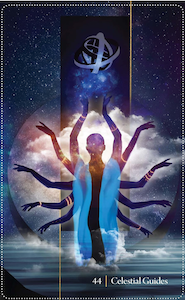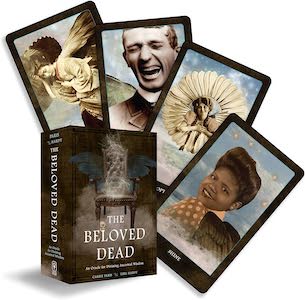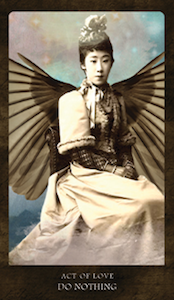
2024 Lunar and Seasonal Diary – Northern Hemisphere, by Stacey Demarco
Rockpool Publishing, 978-1925946666, 216 pages, June 2023
I am really looking forward to using my 2024 Lunar and Seasonal Diary – Northern Hemisphere by Stacey Demarco. This diary is beautifully illustrated and the contents on lunar and seasonal energies make it much more than a simple day planner. Each page is an invitation to reflect, plan, and take away some new bit of wisdom that would have otherwise gone unfound. A diary is of no use if it is something more than just a place to count off the days; this diary is so much more than that and then some!
Due diligence has been given by Demarco in creating not only a functional planner but also a source of teachings about lunar workings, correspondences, spell craft, ritual, and introductory astrology. Her writing makes the 2024 Lunar and Seasonal Diary accessible to the aficionados of lunar-forward planning and the witches who wants to incorporate powerful magick in their daily life.

The first 20+ pages are dedicated to the lunar arts and topics include elements and directions, spell timings and moon cycles, lunar energies and crystals, and the wheel of the year. The wheel of the year section is a very robust overview of the sabbats that is packed with readily-applied information on how the month’s energy supported the myriad ways of celebration.
The 2024 Lunar and Seasonal Diary is organized into the standard twelve-month, weekly format common to most planners. Additionally, each month offers a double page section highlighting a specific deity aligned with that month’s energy and an accompanying spell or ritual guiding how to call that energy into the month’s work. Beautiful graphics herald each month and a quick goal starter introduces the weekly pages. For those who are visually stimulated with the tasks of thinking out your goals, what’s and when’s will be happily committed to paper. The paper itself is strong, heavy stock with no bleed through.

Would I Recommend?
What I omitted in the beginning of this review is that I am highly selective when it comes to my yearly planner. In fact, so much so that it is not unusual for me to have 5-6 different types and formats of these and still not settle on any one just because it doesn’t hit all my checkboxes.
With that being said, 2024 Lunar and Seasonal Diary by Stacey Demarco checks all of the boxes for anyone wanting a beautiful, functional, educational and “just feels right” 2024 diary. This is a keeper and I am confident that I will be using it for the entirety of the year.
About the Author Stacey Demarco
Stacey Demarco is The Modern Witch. Passionate about bringing practical magic to everyone and inspiring people to have a deeper connection with nature, she has been teaching witchcraft and mythos for many decades. This diary is now in its 14th edition and is published in both the southern and northern hemispheres. She is the author of The Enchanted Moon and The Priestess Path, which have been translated into other languages. Her oracle card decks include the bestselling Queen of the Moon, Divine Animals, Moon Magick, Elemental Oracle, Oracle of the Universe, and Deep, Dark and Dangerous. An animal activist, ethical beekeeper and dedicated adventure traveler, she lives in Sydney, Australia on a cliff by the beach with her husband and furry companions. Stacey provides private consults as well as teaching workshops, and leads the popular Wild Souls Retreats nationally and internationally.

Robin Fennelly is an Elder within the Assembly of the Sacred Wheel Tradition [www.sacredwheel.org]. She is a dancer, teacher, astrologer, author, ritualist and seeker of all things of a spiritual nature. Her writings and classes incorporate a deep understanding of Eastern practice and Western Hermetics and bring a unique perspective towards integration and synthesis of the Divine and Mundane natures of our being. She is a mother of five and lives in Eastern PA with her husband of 45+ years.
